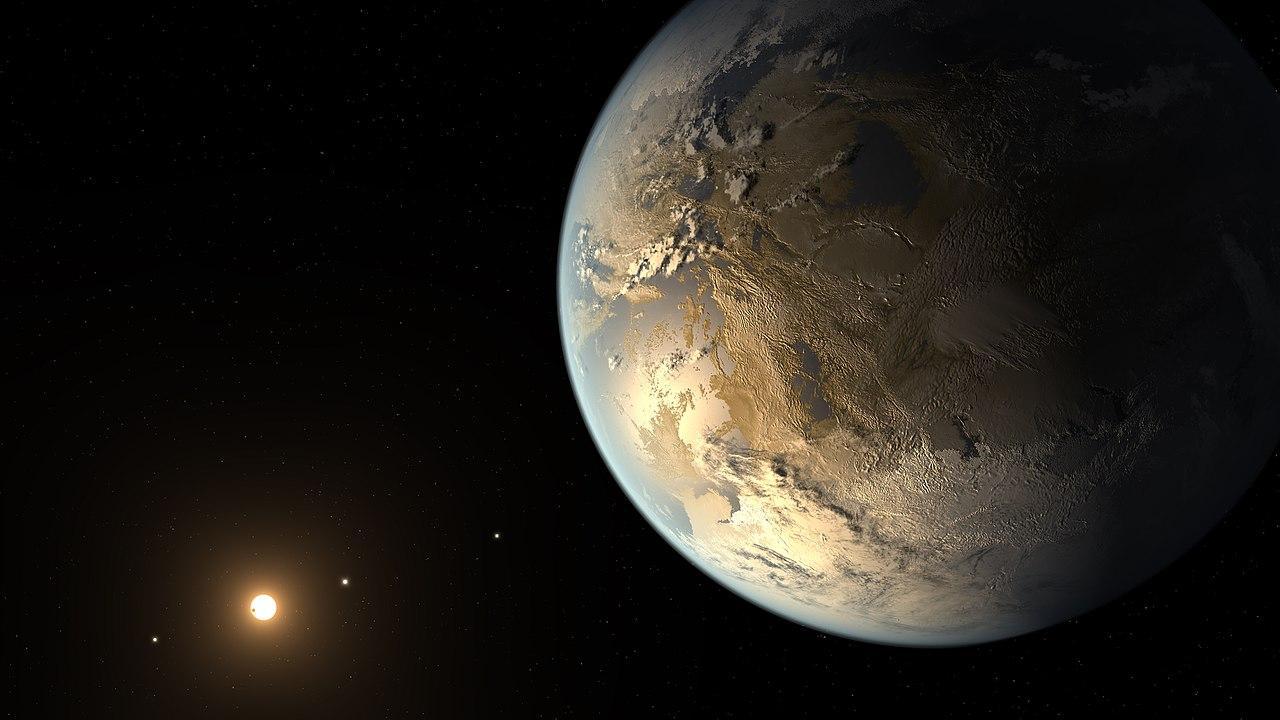NASA Is Putting an ‘Artificial Star’ in Orbit Around the Earth
NASA has unveiled an unprecedented plan to launch a $19.5 million artificial star into Earth’s orbit, a key component of their groundbreaking Landolt Space Mission that promises to push the boundaries of astronomical research.
The artificial star, a unique astrological tool, is set to revolutionize the study of interstellar space, offering new insights into exoplanets and the universe’s expansion.
Studying Space
Generally, the greatest discoveries in astronomy are made using enormous telescopes, which can peer out into the vastness of the universe and allow astronomers to gather data.

Source: Wikimedia
Despite its compact size, no larger than a bread bin, this mini satellite is poised to be a game-changing astronomical tool. As an artificial star, it will significantly enhance our ability to measure the brightness of celestial objects, potentially shedding light on enigmatic phenomena like dark energy.
The Landolt Space Mission
The tiny artificial star or satellite is part of the recently approved Landolt Space Mission, which will cost NASA around $19.5 million.

Source: Wikimedia
Speaking with Business Insider, Tyler Richey-Yowell, a postdoctoral researcher at Lowell Observatory who studies stellar astronomy and exoplanets, said, “This is some really awesome science that NASA is supporting. It’s something that’s going to help out all astronomers.”
CubeNet Set to Launch in 2029
The small satellite, known to researchers as CubeSat, will orbit Earth from 22,226 miles away. Once in location, it will speed up to match Earth’s spin. This will fix it in the night sky and allow telescopes to track it easily.

Source: Wikimedia
While it won’t be visible to the naked eye, it will resemble a star to astronomers using telescopes. According to NASA, the satellite will be launched in 2029.
The First Satellite of its Kind
The satellite will be the first of its kind. “This is really new for us to have some sort of artificial star, quote, unquote, up there that we can go and rely on and use,” said Richey-Yowell.

Source: Wikimedia
Researchers believe this artificial star may prove to be better than a real one, as they can confidently say how much light it emits, which helps with their measurements.
CubeSat Works By Firing Lasers
CubeSat, also known as Landolt in honor of the later astronomer Arlo Landolt, fires lasers with varying amounts of photons or light particles. Astronomers use this to help calibrate their telescopes for measuring light.

Source: Wikimedia
Ultimately, CubeSat can help researchers eliminate the vast majority of guesswork involved in calibrating their instruments using real stars.
The Problem With Using Real Stars
Certain problems arise when astronomers use real stars, the most obvious being that there’s no way to determine how much light they emit. As of yet, no space organization has created a probe that can be sent to measure a celestial bodies’ brightness accurately.

Source: Wikimedia
Another problem is that our planet’s atmosphere absorbs a significant amount of light from space, sometimes affecting astronomers’ calculations.
The Importance of the Landolt Mission
Getting past these problems will ensure astronomers can spend their time focusing on the discovery of exoplanets and other projects. “That’s why this Landolt mission is so important,” Richey-Yowell said.

Source: Wikimedia
He continued, “If we send up a mission like this one where we know exactly how many photons, how much light per second, is coming from this CubeSat,” this information will allow researchers to precisely measure the light emitted from other objects in space, including real stars.
Ten Times More Accurate
Live Science spoke on the revolutionary access of this new satellite, which, according to their report, will increase the accuracy at which astronomers measure light by up to ten times better than current estimates.

Source: Wikimedia
“All of our astronomy is based on light, and so we really need to know how much light we are actually receiving,” Richey-Yowell said.
What Do Astronomers Learn From Light?
Astronomers can learn quite a lot from the rays of light emitted by stars, including their temperatures, size, whether exoplanets orbit them, and if they have the potential to harbor life.

Source: Freepik
Once researchers know how hot a host star is, this allows them to discern how far an exoplanet can be away before it loses the ability to sustain liquid water. As water is an essential ingredient of life, it has become a key feature for astronomers who are searching for planets that may harbor life.
CubeNet Can Measure Exploding Stars
Using the CubeNet satellite to find exoplanets is just one of many things it will be employed to do.

Source: Wikimedia
Astronomers will also be able to measure the light from supernovae, which in turn can help them better estimate how fast the universe is expanding.
Lights Help Us Better Understand the Universe
Richey-Yowell finished by explaining how the new satellite will play a significant role in studying the universe going forward.

Source: Wikimedia
“So really anything from small, tiny planets to the whole scale of the universe relies on our understanding of stars and how bright they are and what kind of light they’re emitting,” he said. “I really do think it will be revolutionary for astronomy.”
